Overview
Most of the world’s economic deposits of platinum group elements (PGE) including platinum, palladium, rhodium and other rare metals come from layered mafic intrusions (LMI), a rare sequence of rocks formed when repeated bursts of magma cool slowly in giant, subsurface chambers. In 2012, 95% of the world’s minable PGEs were extracted from mines in the enormous Bushveld Complex in South Africa, the largest and richest LMI on earth.
How do they form?
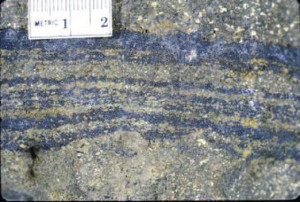
Most layered mafic intrusions are thick packages of layered basaltic rock that has crystallized in large magma chambers deep in the earth’s crust.
The layering is the result of repeated injections of magma and the sequential crystallisation of minerals as the magma cools. High temperature minerals like olivine and pyroxene crystallize first and settle into layers, followed by the lower temperature minerals.
Each layer is distinctive with a unique collection of minerals, mineral chemistry, textures, patterns and grain sizes. They are often mapped in a similar way to layered sedimentary rocks to help us understand the sequence of events that formed them.
The magnesium- and iron-rich magmas that form LMIs come from mantle plumes, where huge volumes of hot, molten rock are pushed up through the mantle into the earth’s outer crust. The chemistry of the magma – and the chemistry of future mineral deposits – is influenced by both the original magma composition and its interaction with the upper mantle and crust as it passes through.
Where are they found?
The Bushveld Complex in South Africa is by far the largest, richest and most well-known LMI. Although LMI are a rare rock formation, they are found around the world, typically in the ancient “cratons”, the stable cores of the continents. They are mostly Precambrian in age, having formed more than 500 million years ago.

Mineralization and ore minerals
LMI’s host some of the largest ore bodies found on earth.
The rich PGE ores found in them are formed when the mafic to ultramafic magmas start to cool. The liquid mix separates into crystalline minerals and an immiscible sulphide liquid. Just like oil and water, these sulphide droplets can’t mix back into the magma as it is cooling and instead scavenging metals such as copper, nickel and PGE as it settles into distinct layers.
These accumulations form magmatic ore deposits know as reef-type or contact-type mineralization.
Reef-type mineralization
Reef-type mineralization, named by the Australians and South Africans because of its shape, is a distinct rock layer containing PGE-enriched sulphide mineralization. Although they are usually quite thin, these layers are typically tens to hundreds of kilometers long and contain ore minerals pyrrhotite (iron sulphide) and pentlandite (iron-nickel sulfide), and copper- and iron-bearing minerals such as chalcopyrite.

Contact-type mineralization
PGE mineralization is also be found at the margins of LMIs. Copper-nickel-PGE-enriched sulphide minerals can extend along the contact between the intrusion and the rocks they have intruded, known as “country rocks”. Contact-type mineralization commonly extends along the length of the intrusion, but is not a distinct layer, like reef-type mineralization.
Chromite
Layered intrusions are also host to chromite-rich seams. Most of the world’s chromium reserves, mined for use in stainless steel and chromium plating, are found as distinct layers of massive chromite in the lower parts of LMIs. Just like the PGE-rich layers, they may be less than a metre thick but can extend humdreds of kilometres.
Exploring for magmatic deposits in layered intrusions
Geochemistry is the winner when it comes to LMI discoveries.
Sampling of surface materials such as soil, river and talus slope sediments and glacial till, was responsible for the discovery of the Merensky Reef in the Bushveld Complex in South Africa in 1924 when platinum minerals were discovered by panning dry river sediments.
The J-M Reef at Stillwater in Montana, USA, was discovered in 1974 after a geochemical survey of soils and talus fines, and soil chemistry delineated the Platreef deposits in the Bushveld Complex. Glacial till surveys are also being used around the Duluth Complex in Minnesota, USA.
Geophysical techniques are used in exploration to detect the different physical properties of rocks and minerals and identify areas of mineralization. Unfortunately, large layered intrusions are difficult geophysical targets. For example, the almost horizontal reef-type deposits in the Bushveld Complex are only about 1m thick and have no measurable physical property contrast at depth. High resolution surveys can be used to map the layers and structures that enclose them, but geophysical methods can only indirectly locate PGE mineralization in LMIs.
Mining and uses for PGEs
Layered mafic intrusions are mined for platinum, palladium and rhodium via open pit and underground operations.
These metals are sought after for their resistance to corrosion and oxidation, high-melting points, electrical conductivity and catalytic activity. They are used catalytic converters to control vehicle emission, jewellery, fertilizer production and fuel cells.
Important deposits
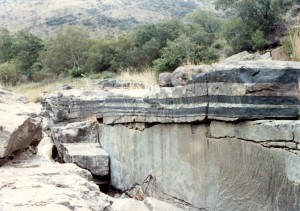
Bushveld Complex, South Africa
To say the 66,000 km² Bushveld Complex in South Africa is ‘important’ is an understatement!
It is the world’s largest layered mafic intrusion and our primary source of platinum and rhodium. The three key reef-type ore bodies within the Bushveld Complex are the;
- Merensky Reef – only about 30cm thick but has been traced for over 300km
- Chromite-rich UG-2 Reef, the world’s third largest PGE deposit
- Platreef Ni-Cu-PGE deposit, in places up to 400m thick.
Skaergaard Intrusion, East Greenland
The Skaergaard Intrusion in southern East Greenland is smaller than the Bushveld, but still stretches 11km long, 8km wide and almost 4km from top to bottom. Several active exploration projects are taking place at sites around the intrusions.
Stillwater Complex, Southern Montana, USA
The Stillwater Complex is a favorite for geology field trips as it is a LMI tilted on its side and eroded for easy access to study each of the layers. It is also host to the platinum- and palladium-rich JM Reef, a 1-3m thick zone that has been traced for 40km.
Further reading
Magmatic Ore Deposits in Layered Intrusions—Descriptive Model for Reef-Type PGE and Contact-Type Cu-Ni-PGE Deposits, Open-File Report 2012–1010
Exploration for Platinum Group Elements Deposits, Mineralogical Association of Canada, Short Course Series Volume 35
Layered Mafic Intrusions, University of Washington course
Subscribe for Email Updates

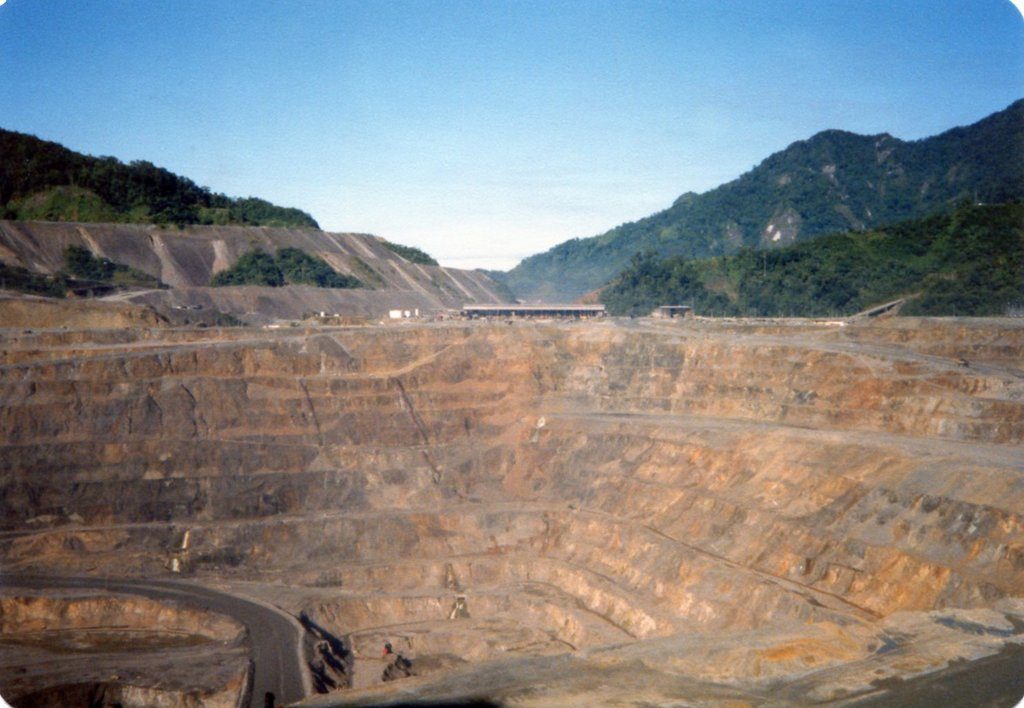
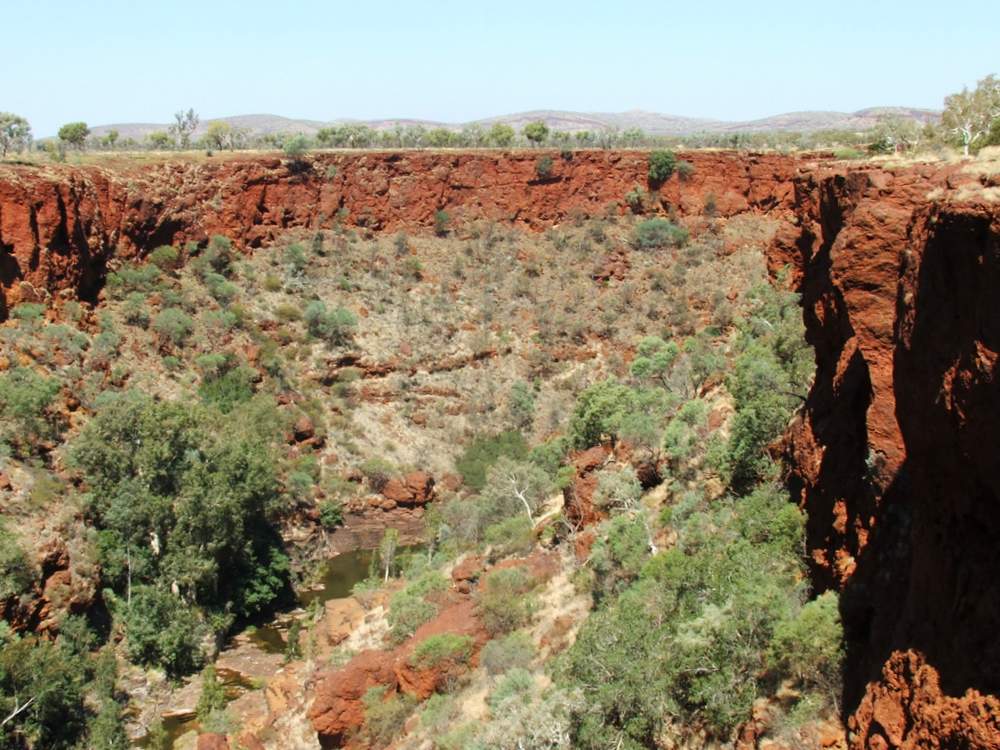
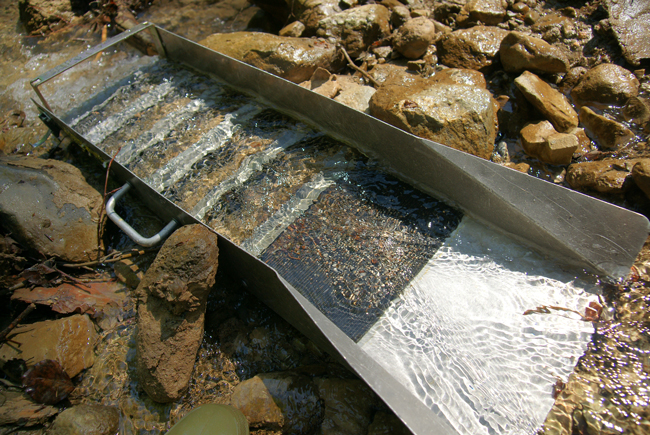
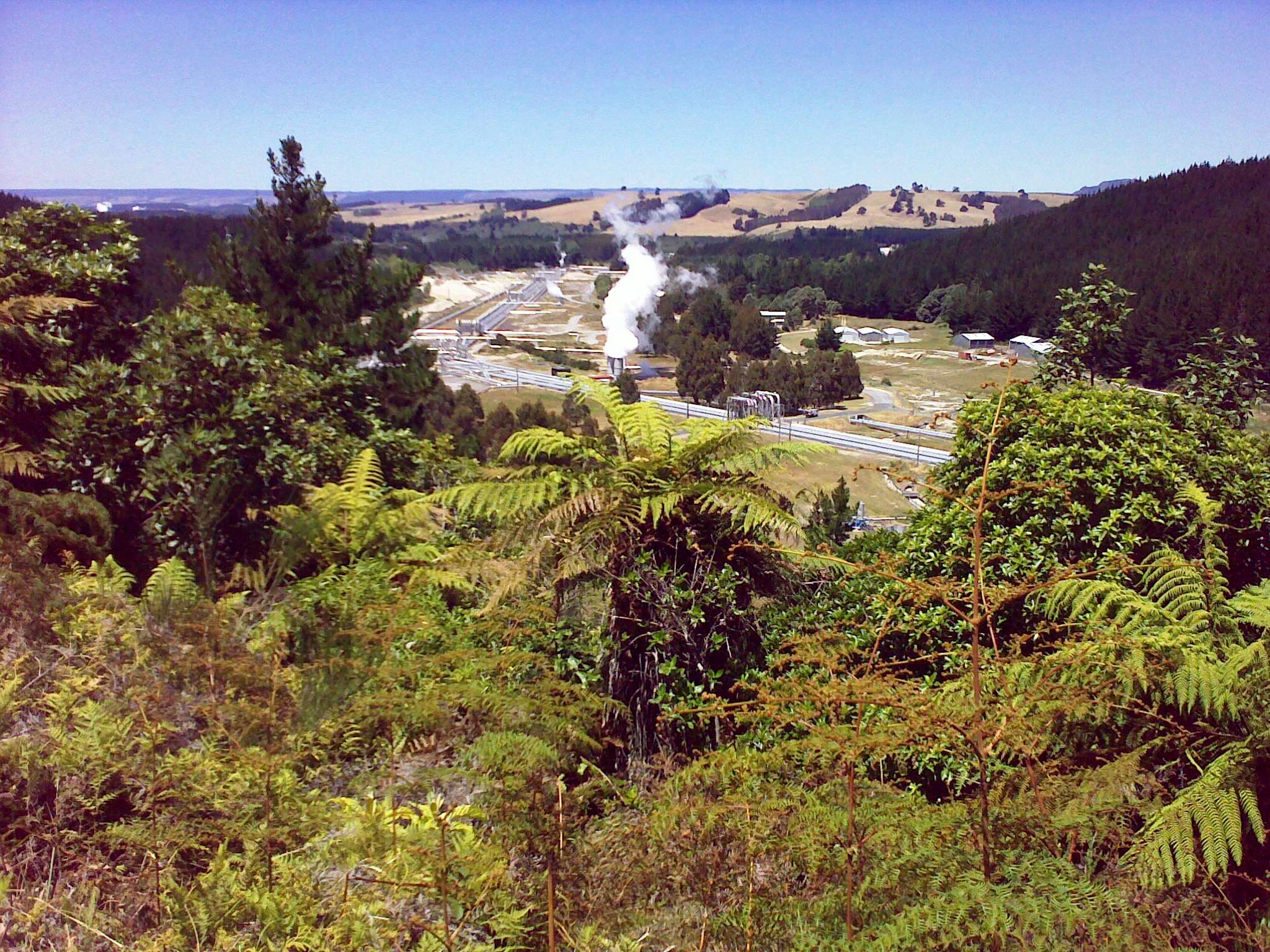
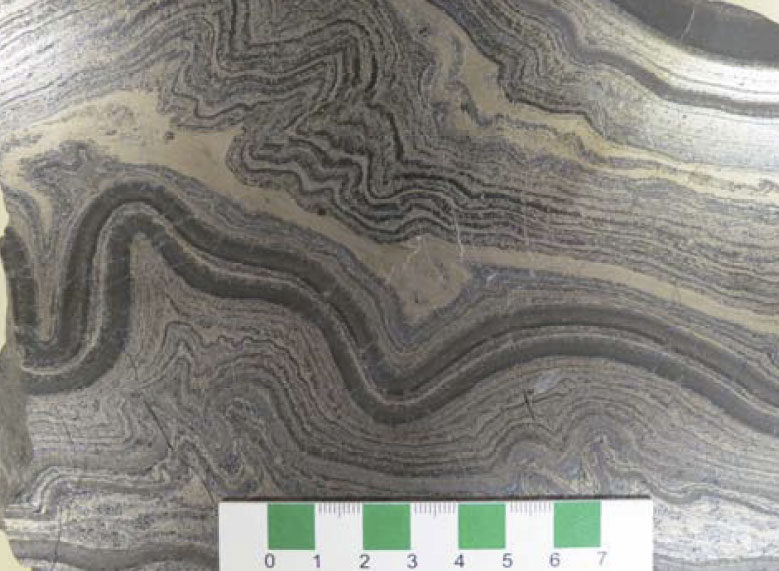
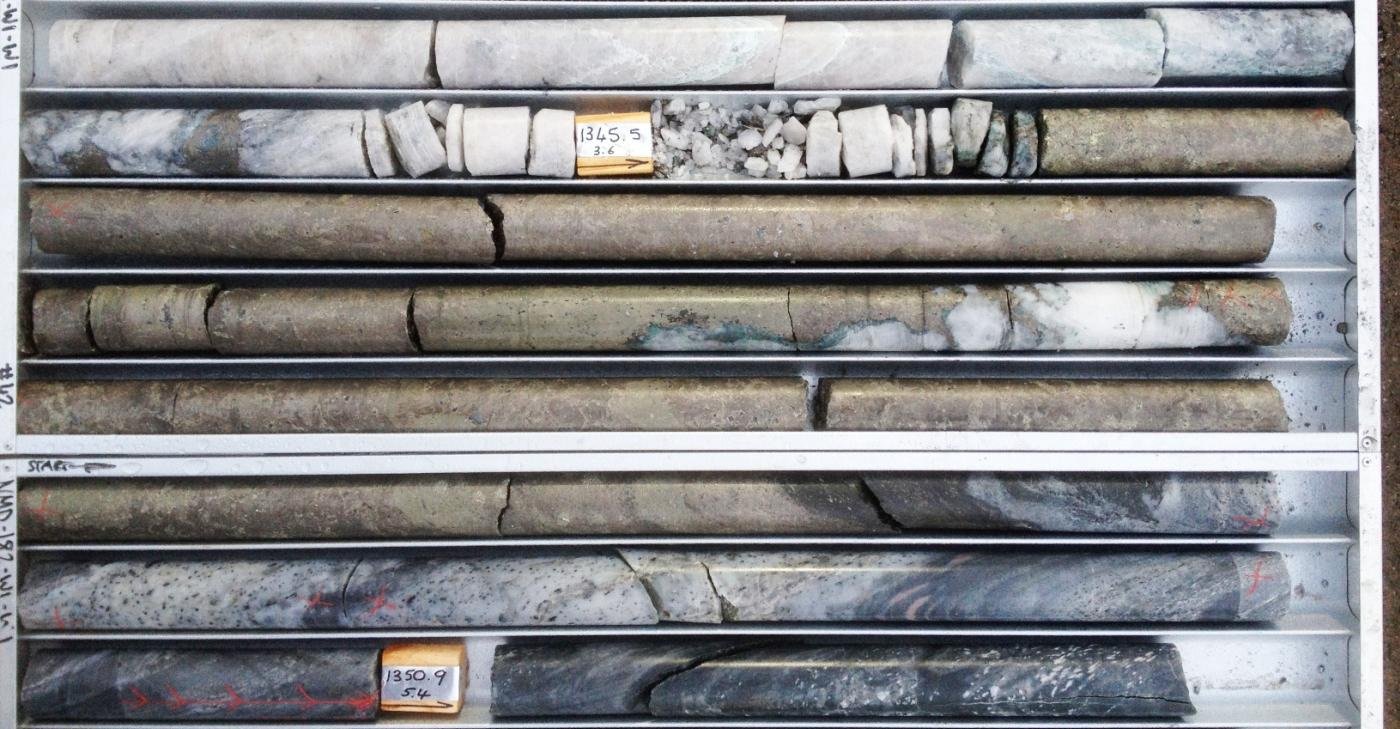



Pingback: Project Review: The NorthMet Copper-Nickel-PGM Deposit in Minnesota, USA | Geology for Investors